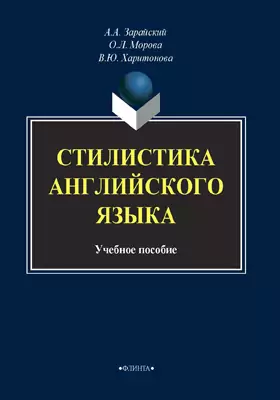Стилистика английского языка
Место издания: Москва
ISBN: 978-5-9765-4140-5
Страниц: 239
Артикул: 81425
Возрастная маркировка: 16+
Краткая аннотация книги "Стилистика английского языка"
Данное учебное пособие предназначено для студентов филологических специальностей. Пособие включает шесть разделов. В первых двух разделах рассматривается понятийный аппарат стилистики как науки, а также затрагиваются вопросы ее становления и развития. Последующие разделы посвящены теоретическим аспектам изучения стилистических приемов на разных языковых уровнях. Каждый раздел содержит практическую часть, направленную на закрепление теоретических положений. Источниками упражнений в практической части пособия послужили произведения классических и современных англоязычных авторов; источниками теоретических положений и иллюстративного материала являются Интернет-ресурсы. Учебное пособие ставит своей целью создать у студентов представление о стилистике как разделе языкознания, ознакомить с теорией стилистических закономерностей системы языка, а также с основным кругом стилистических категорий. Пособие рекомендуется для изучения курса «Стилистика» студентами филологических специальностей.
Содержание книги "Стилистика английского языка"
От авторов
UNIT 1. THE CONCEPT OF STYLISTICS
UNIT 2. LITERAL AND FIGURATIVE MEANING
UNIT 3. PHONETIC AND GRAPHICAL STYLISTIC DEVICES
UNIT 4. LEXICAL STYLISTIC DEVICES
UNIT 5. LEXICAL-SYNTACTICAL STYLISTIC DEVICES
UNIT 6. SYNTACTICAL STYLISTIC DEVICES
PRONUNCIATION GUIDE
REFERENCES
DICTIONARIES
ONLINE RESOURCES
Все отзывы о книге Стилистика английского языка
Отрывок из книги Стилистика английского языка
123 “The world will little note, nor long remember, what we say here, but it can never forget what they did”. (A. Lincoln, The Gettysburg Address) In his speech, A. Lincoln points out that the details of the moment may not be memorable, but the actions would make history, and therefore, never entirely forgotten. Antithesis can be a little tricky to see at first. To start, notice how each of these examples is separated into two parts. The parts are separated either by a dash, a semicolon, or the word “but.” Antithesis always has this multi-part structure (usually there are two parts, but sometimes it can be more). The parts are not always as obvious as they are in these examples, but they will always be there. Next, notice how the second part of each example contains antonyms: “small step” versus “giant leap”; “human” versus “divine”; “we say” versus “they do”. Finally, notice that each of the examples contains some syntactically similar structures and semantically opposite ideas. This is key! The two parts are not simply contradictory statements. They are a matched pair that have many grammatical structures or concepts in common; in the details, however, they are opposites. The use of antithesis is very popular in speeches and common idioms, as the inherent contrasts often make antithesis quite memorable. Here are some examples of antithesis from famous speeches: “We must learn to live together as brothers or perish together as fools.” (M. L. King, Jr.) “Decided only to be undecided, resolved to be irresolute, adamant for drift, solid for fluidity, all-powerful to be impotent.” (W. Churchill) “If a free society cannot help the many who are poor, it cannot save the few who are rich.” (J. F. Kennedy) Antithesis is used in literature when the writer employs two sentences of contrasting meanings in close proximity to one...
С книгой "Стилистика английского языка" читают




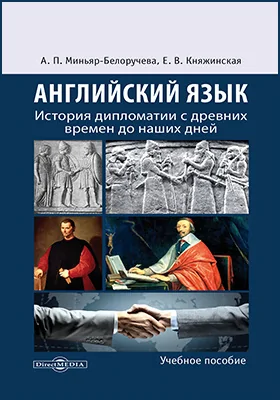
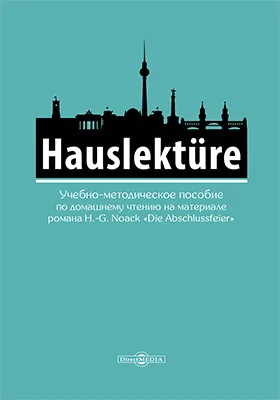






Бестселлеры нон-фикшн
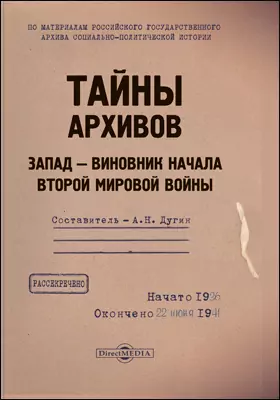



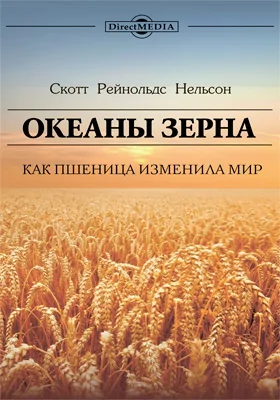
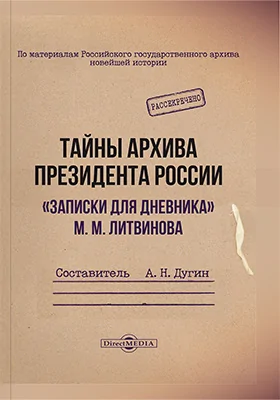

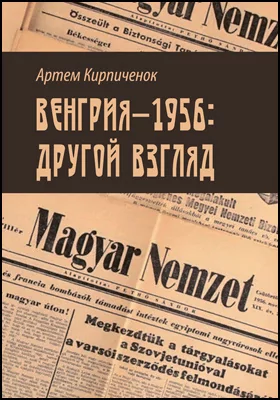
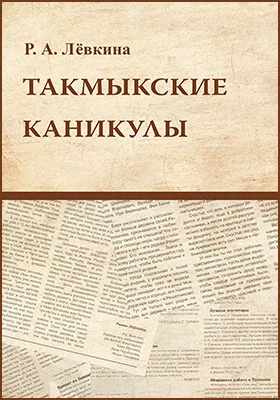
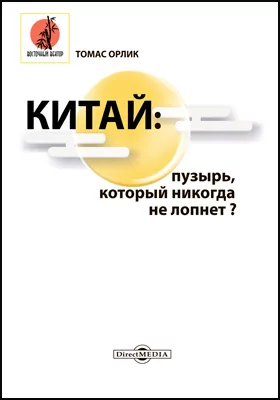


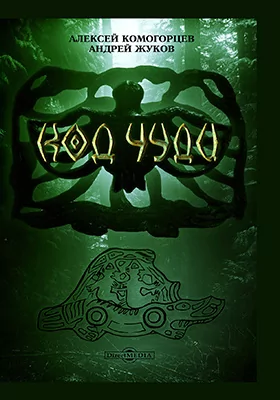
Новинки книги нон-фикшн


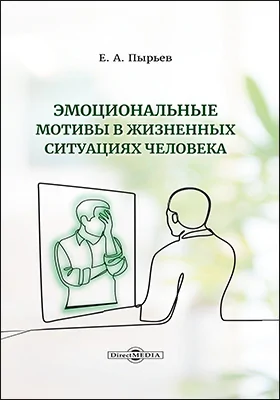

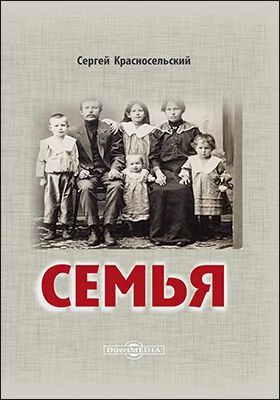
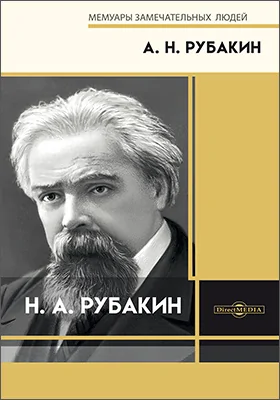



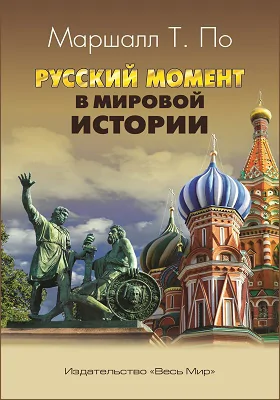

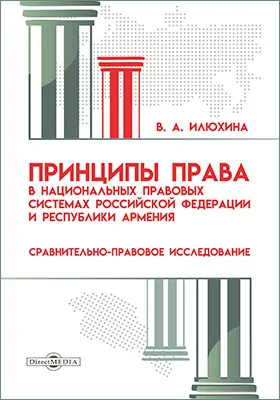

и мы свяжемся с вами в течение 15 минут
за оставленную заявку

